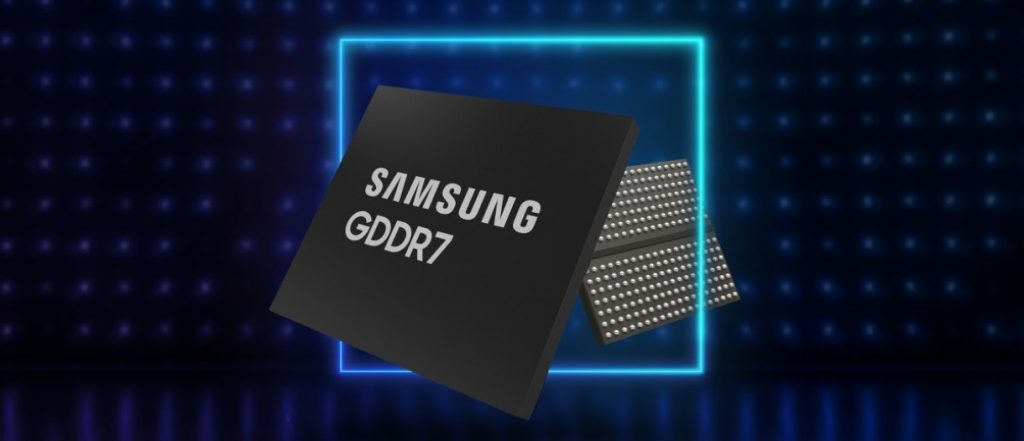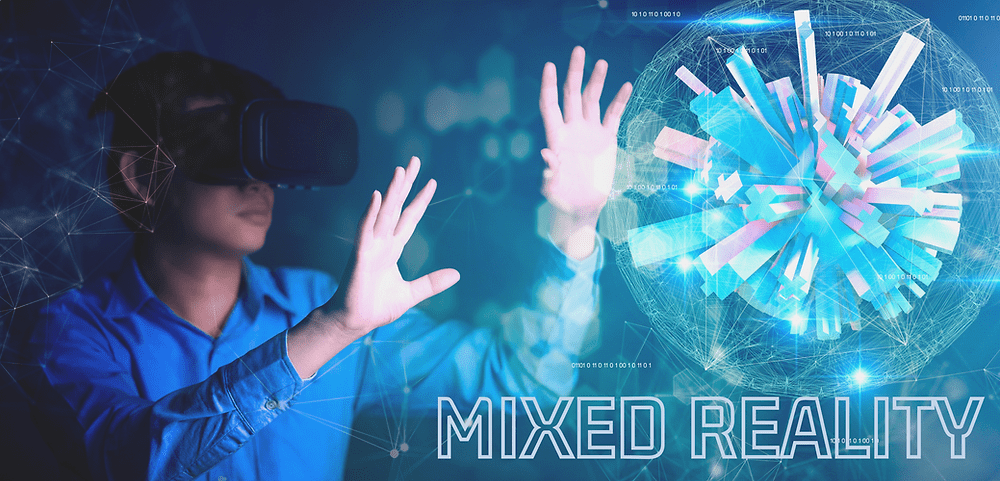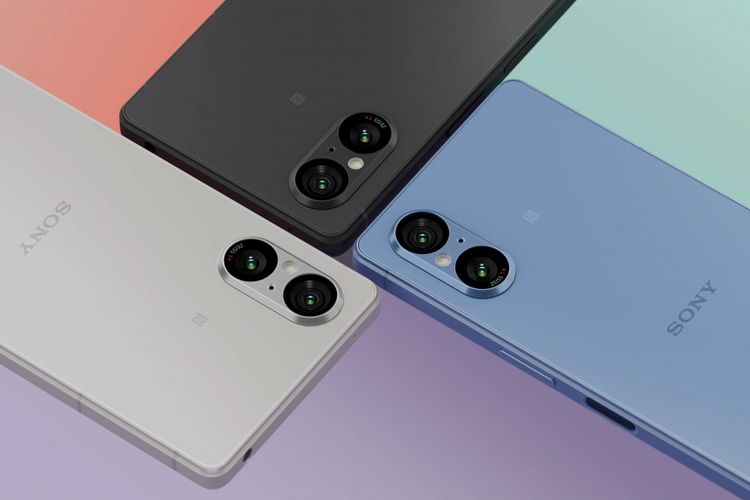The world of graphics and gaming is constantly changing. The need for higher resolutions, better framerates, and more realistic environments has driven advancements in graphics memory technologies. Among these, the GDDR (Graphics Double Data Rate) series has played a crucial role, providing enhanced data bandwidth and speeds to support graphic-intensive tasks. With GDDR7 on the horizon, what implications does this hold for the graphics industry and beyond?
History and Evolution
Before exploring the specifics of GDDR7, it’s important to recognize the legacy it builds upon. The GDDR series, beginning with GDDR2, has consistently delivered increasing bandwidths and speeds to meet the growing demands of gaming and professional graphics applications. Each generation has introduced improvements in efficiency, lower latencies, and faster speeds.
For example, Samsung’s GDDR6W marked a significant advancement, designed to create immersive VR experiences by offering powerful graphics memory that enables seamless transitions and real-time rendering. The innovations established by GDDR6W paved the way for what GDDR7 promises to deliver.
GDDR7: A Glimpse into the Future
Details about GDDR7 are still emerging, but early signs indicate it could be a game-changer in graphics memory. A key feature is its use of PAM3 (Pulse Amplitude Modulation with 3 levels) signaling. This technique can greatly enhance data rates by transmitting more bits per clock cycle. Unlike traditional binary systems that send one bit per cycle, PAM3 can transmit log2(3) or roughly 1.58 bits. This translates to faster data transmission and, as a result, improved graphics rendering and performance.
However, PAM3 signaling isn’t the only innovation anticipated with GDDR7. As with earlier versions, enhancements in power efficiency, reduced latencies, and improved stability are expected. These features are vital, particularly for next-generation gaming that relies on real-time ray tracing, AI-driven enhancements, and 8.
Implications for Gaming and Beyond
With the potential advantages of GDDR7, what can consumers look forward to? For gamers, the benefits are evident: smoother gameplay, higher resolutions, and unmatched realism. Gaming will evolve from mere play to a fully immersive experience. Environments will be richer, character details will be more refined, and game physics will feel more authentic.
However, the impact of GDDR7 extends beyond gaming. Professional fields, particularly in 3D modeling, animation, and film production, will see significant improvements. The real-time rendering of intricate scenes, which used to be a lengthy process, could become effortless, enabling quicker project completions and more opportunities for revisions.
Additionally, with the increasing prominence of AI and machine learning, the demand for faster and more efficient memory is clear. Training complex models necessitates processing vast amounts of data in real-time. GDDR7, with its improved speeds and efficiencies, may become the go-to option for many AI researchers and professionals.
Challenges and Considerations
As with any technological advancement, GDDR7 will present its own set of challenges. Adapting to PAM3 signaling may necessitate redesigns in graphics card architectures. Manufacturers will need to weigh the balance between speed and power consumption, ensuring that while data rates soar, systems remain energy-efficient and cool.
Cost is another factor to consider. Early adopters of GDDR7 might face higher prices. However, as with most technologies, production scaling and increased adoption are likely to drive costs down, making it more accessible to a wider audience.
Conclusion
GDDR7 holds the promise of a significant advancement in graphics memory technology, potentially transforming gaming, professional graphics, and AI applications. While the complete specifications and benefits are yet to be fully revealed, early signs indicate a promising future for graphics technology. Like all innovations, there will be challenges to overcome, but the potential benefits in terms of enhanced experiences are substantial.




